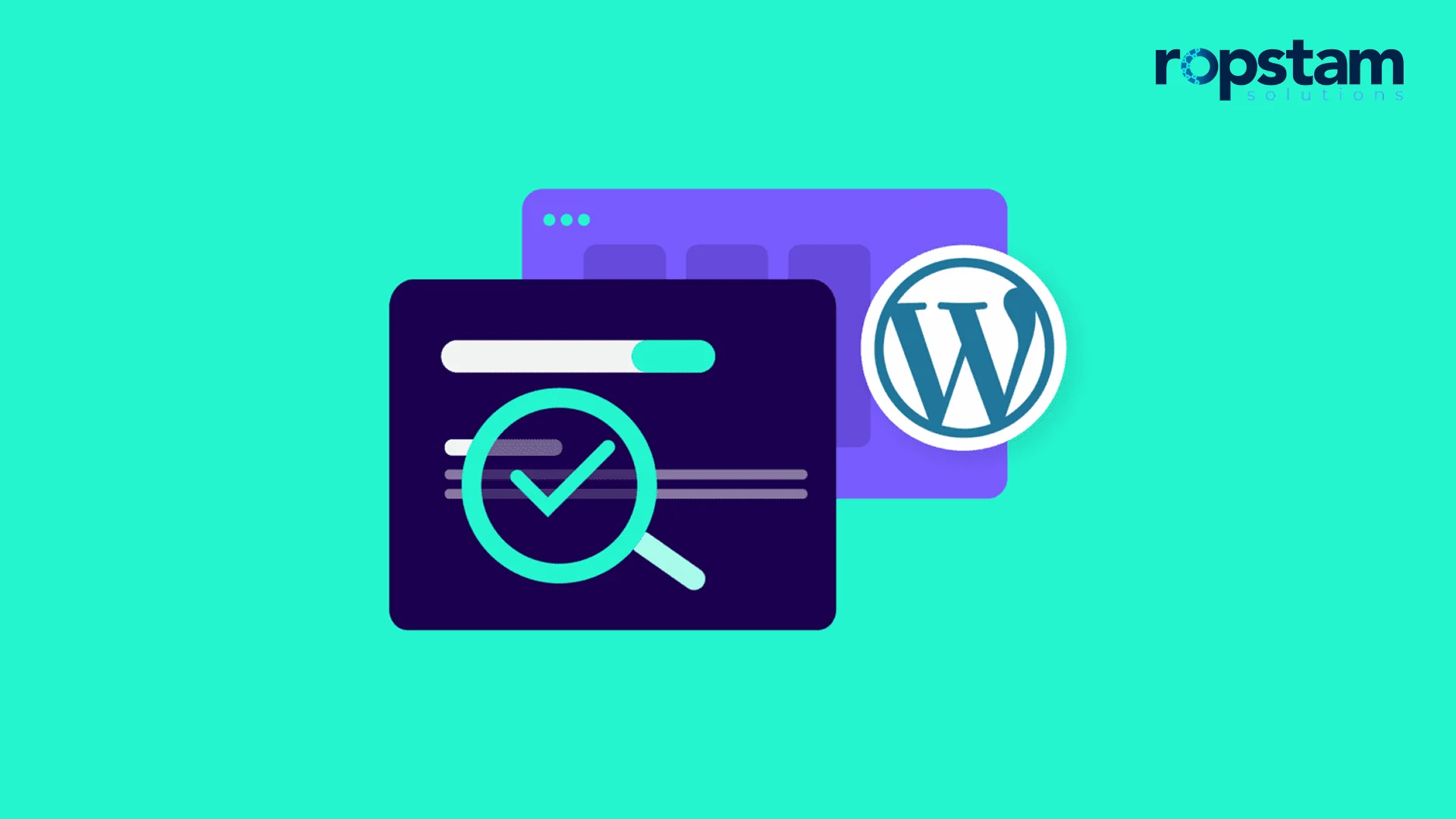In the modern era of digital transformation, having a user-friendly website for your business is no longer a choice; it’s a necessity. Since a website serves as the initial point of contact between your business and potential customers, effective web design is crucial for the success of your business.
To help you navigate this landscape, this blog will take you into the importance of website design, delineating its significance when it comes to enhanced user experience.
What is web design?
Web design encapsulates far more than just creating visually appealing pages. At its core, web design is the art and science of crafting cohesive digital experiences that engage users and facilitate seamless interactions.
An exceptional web design for visitors through interfaces and layouts, anticipating needs and pain points. Thoughtful information architecture and facile navigation enhance usability while micro-interactions reinforce brand identity through motion, transitions and graphic elements. The result is an enjoyable, frictionless user journey that delights and retains visitors.
With the rise of user-centered design principles, the quality of user experience has become indispensable for success. Research demonstrates a positive correlation between sites offering satisfying user experiences and higher conversion rates and revenue. Consequently, search engines like Google now prioritize sites with stellar UX in rankings, making it critical from the SEO perspective.
The role of web design in user experience
Imagine your website as a visual point of interaction for your customers. The more intuitive and attractive the design, the more chances there are for website visitors to be impressed by your brand. This means that web design can directly influence the conversion rate and hence your revenue generation, especially if you own an online e-commerce store.
Here are some of the factors that underscore the connection between web design and UX:
1. Visibility boost
Impressive web design can significantly boost a website’s visibility through its aesthetic appeal and user-friendly interface. An innovative design with well-structured content and easy navigation helps in better search engine rankings as it is more likely to be shared and recommended by users.
For example, a report by HubSpot indicated that the redesigning approach and simplifying their CTA buttons increased their conversion rate by 21%. This shows that a good design can make your website more noticeable and attractive to users, which is crucial for online success.
2. Innovative user interaction
Creative web design enables innovative user interaction by incorporating interactive elements like animations, chatbots, and dynamic content that engage users more deeply than static websites. For reference, interaction design and motion graphics can be found in various projects on Behance, demonstrating how they contribute to innovative user interaction.
3. Enhanced customer experience
A well-designed website is directly responsible for an enhanced customer experience by providing an aesthetically pleasing and easy-to-use interface. Airbnb’s redesign focused on larger images, clearer call-to-actions, and an overall simplified user experience, which led to a double-digit increase in their booking rate.
This example demonstrates how a focus on good design can provide customers with a simplistic journey from landing on the site to completing an action, leading to a positive experience, and a lower bounce rate.
4. Improved conversion rate
The website design is not only responsible for keeping the visitors engaged, but it also contributes to an increased rate of conversion. By simplifying the process and minimizing distractions, a compelling design guides users toward conversion goals, whether it’s making a purchase, signing up for a newsletter, or filling out a contact form.
A study by Forrester Research showed that a well-designed user interface could raise your website’s conversion rate by up to 200%, and a superlative UX can result in up to 400% increased conversions.
5. Builds customer loyalty
Good web design nurtures trust and builds customer loyalty by creating a professional and reliable online presence. Along with consistent branding, easy navigation, and responsive design across all devices is responsible for content users more likely to return to your website.
Not only this, but your website will gain immense mainstream popularity if even one customer has a smooth experience and then he/she recommends your site to his friends and colleagues to create a chain of visitors.
To summarize, a well-designed website serves as the foundation for building a long-term relationship with users, encouraging them to become advocates for your brand.
Best practices to enhance UX via web design
To ensure optimal user experience in web design, there are several key practices you must adhere to:
1. Design with users in mind
The first and foremost principle while designing is to keep the target audience in mind. Designing with the user in mind requires understanding your audience’s needs, preferences, and behaviors. This user-centric approach ensures that the website serves its intended purpose effectively and provides a satisfying experience.
Following this useful practice results in increased user satisfaction, higher engagement rates, and repeat visits, as visitors are more likely to find the website engaging and relevant to their needs.
2. Focus on simplicity and consistency
Simplicity in design helps users navigate and interact with your website without confusion or feeling overwhelmed. Consistency in layout, color schemes, and typography across all pages reinforces brand identity and makes the user journey predictable and comfortable.
The benefit of this practice is a streamlined experience that can reduce bounce rates and facilitate quicker, more confident user actions, leading to higher conversion rates.
3. Mobile-responsiveness
With the increasing significance of mobile browsing, a mobile-responsive design is extremely essential and not just of a secondary nature. Such a design ensures your website adapts to various screen sizes and devices in order to provide an optimal viewing experience.
There are a host of advantages of mobile responsiveness, such as reaching a broader target audience, improving search engine rankings, and enhancing user satisfaction.
4. Ensure accessibility
Web accessibility means that websites are and should be designed and developed in a manner so that all users, including those with disabilities, can use them. Following accessibility guidelines can expand your market reach to include users with diverse abilities and comply with legal standards.
Focusing on accessibility, while designing the website layout, could result in a wider audience, improved user experience, and lower chances of legal risks associated with non-compliance.
5. Rigorous testing
With rigorous testing, you can evaluate the website’s design and functionality across different browsers, devices, and user scenarios. This practice helps identify and resolve issues before they impact users.
Consequently, the developed website is a more reliable and robust version with reduced user frustration and increased chances of brand loyalty because of the error-free experience.
UI vs UX – What’s the difference?
User Experience (UX) and User Interface (UI) are closely intertwined yet distinct disciplines in the realm of product design. While they share the common goal of creating delightful experiences for users, their focal points differ.
UX design encompasses the entire journey a user takes when interacting with a product or service, from initial awareness to final outcomes. It’s a holistic approach that considers user needs, behaviors, emotions, and contexts. UX designers conduct extensive research, mapping out user flows, identifying pain points, and crafting solutions to create optimal, user-friendly experiences that meet customer expectations.
On the other hand, UI design concentrates on the specific touchpoints where users interact with a product’s interface. UI designers translate the insights and wireframes provided by UX designers into visually appealing and intuitive layouts, leveraging typography, color, iconography, and micro-interactions.
The primary objective of UI designers is to create interfaces that are not only aesthetically pleasing, but also easy to navigate, and consistent with the brand’s visual language.
While UX and UI are distinct disciplines, they are inextricably linked. UX designers provide the foundational framework for the user journey, while UI designers bring that vision to life through thoughtful interface design. In short, collaboration between UX and UI teams is crucial to ensure a cohesive and delightful user experience across all touchpoints.
Choose Ropstam Solutions for top-tier web designs
Stating that impressive web design is the cornerstone of a visually appealing user experience would be an understatement. From boosting the visibility of your brand to fostering customer loyalty, website design is directly linked to user experience, impacting the overall conversions and your online store’s revenue.
At Ropstam Solutions, we boast a team of accomplished UI/UX designers. We have been designing websites for more than a decade, and our award-winning designers have an impeccable record in the region. If you are seeking a quality team of designers for your next project, email or call us today to schedule an appointment.













